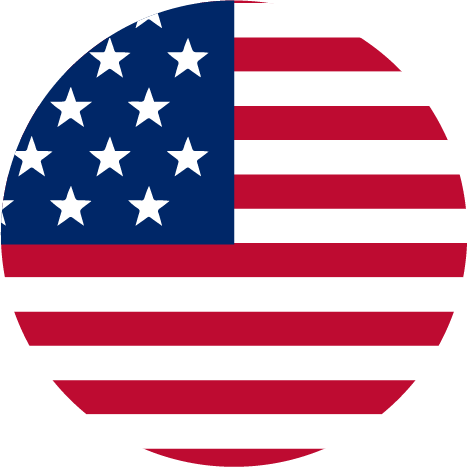The Secret Behind Executive Presence

Here’s the counterintuitive secret of developing more executive presence. Stop worrying about how you are perceived. Take the focus off yourself, your image and put it on what’s important in that moment. Focus. Increase your ability to listen, to really be with who you’re with (no matter what) and to get on their map. Increase your sense of purpose and use it to keep your High Value-added Activities (HVAs) prioritized.
Focus, it’s that simple. You know what’s great about this secret? It’s skill based. And that means anyone can learn it.
Seek First To Understand
Think about being with the worst teacher you ever had. Most likely they stood at the front of the room and lectured. One of the worst teachers I had used to spend the class time writing her outline notes on the blackboard and reading them as she wrote in a monotone voice. Seriously. She spent the entire class with her back to us. Influential? I think not. Unless you count having the class learn to hate history.
Now think of the best teacher you had. Chances are they engaged you in the subject. They asked you questions and made you think. One of my best high school teachers used to act out passages from the novels we were reading and engaged us in his mini-dramas. He risked looking like an idiot and ended up looking like a genius. We all vied to participate in his class and students who hadn’t liked English Literature before that year suddenly blossomed into literati.
Who had more executive presence, your worst teacher or your best?
I’m guessing it was the best teacher. Executive presence is not a term I would normally ascribe to teachers, but a teacher who does seriously dorky things to get their students fired up about a topic is going to be exuding purpose and passion. Their focus is on their students, calibrating their learning and understanding by the questions they ask. The worst teachers are too afraid of how they’ll appear to do anything risky. They focus on their own need to feel smart and they focus on their own content output rather than how the information is received and where the student is.
The principle is the same in leading a business.
The key is to getting on other people’s maps. It turns out that taking the time to listen and build rapport by meeting people where they are is the most influential thing you can do.
Your executive presence will increase dramatically when you focus on staying in inquiry mode even, or especially, when you think you know the answer. And no leading questions either, stay curious.
Leading On Purpose
Who do you know that’s on fire? Who do you know that really embodies your ideal of leadership?
What do they stand for? I’ll bet you know immediately or can take a pretty accurate guess.
Prioritizing is a lot easier when you know what you stand for and are excited about your purpose. It’s easier to delegate when you know that you’re freeing your time for something that only you can do, your High Value-added Activities (HVAs). It’s easier to delegate also when you’re clear on the HVAs of your team. Remember, your Low Value-added Activity (LVA) is someone else’s HVA.
- What do you stand for?
- Where do you draw boundaries of what you will and will not do–how you spend your time and with whom?
- How does that contribute to fulfilling your organization’s mission, vision, and values?
Take a few moments to really answer those questions.
Clarity of purpose is the embodied state that allows you to effectively stay in inquiry mode and be present. Clarity of purpose is the most effective criteria for deciding what is an HVA and what is an LVA. Clarity of purpose creates focus, and focus creates executive presence.
Go to it!
Christine Comaford of SmartTribes Institute applies the latest neuroscience research to help companies build vibrant engaged culture, rich and committed leadership, consistently compelling sales and marketing.
If you want to learn more, check out one of Christine's 4 courses at Growth Institute.



